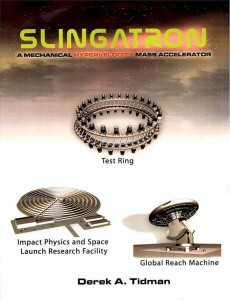27 Jul Communication from the Sky: Sky and Space Global
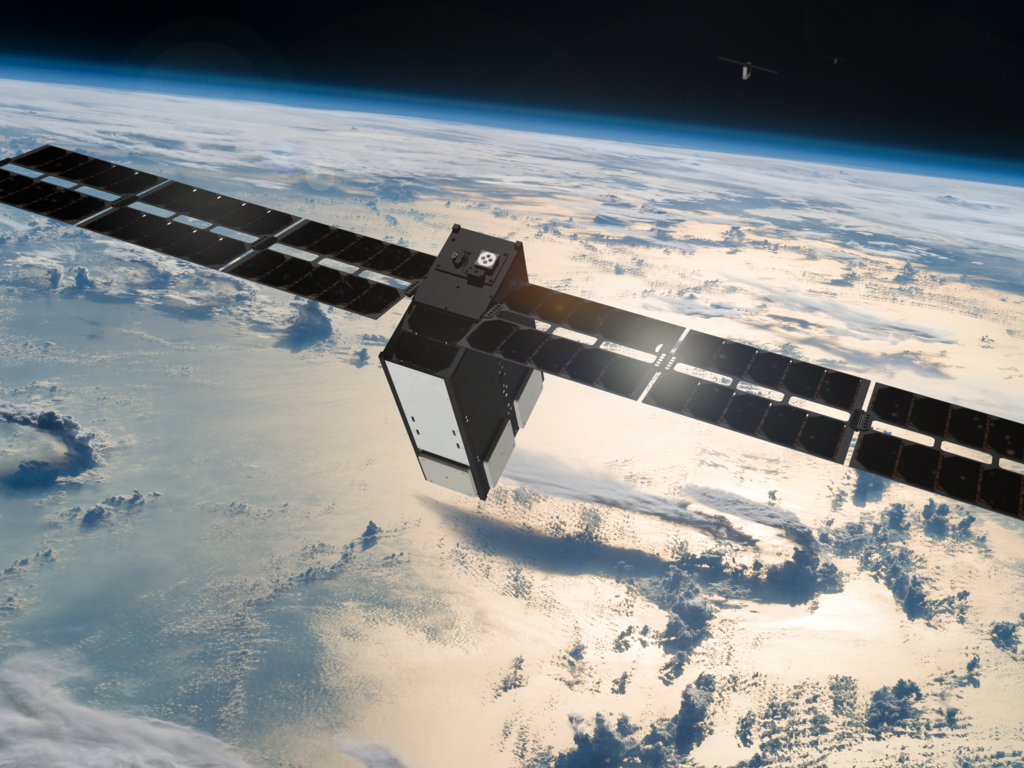
02 Jul Space: Axiom Space
Commercial Space Station Made by Axiom Space
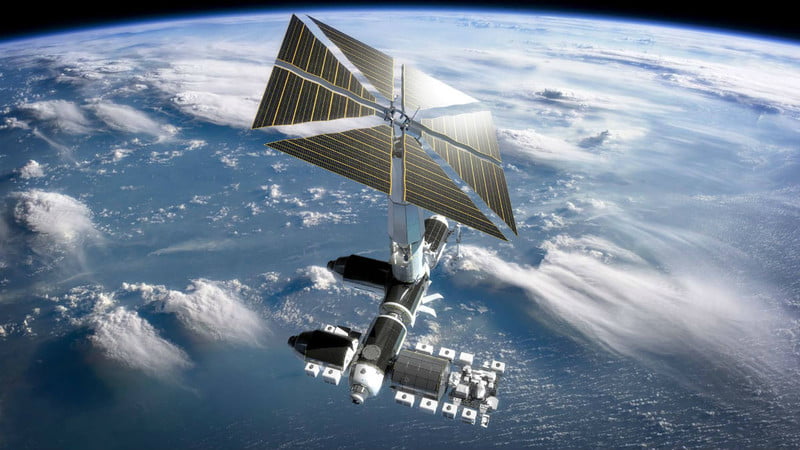
28 Dec Space: Accion Systems
A New Propulsion System from Accion Systems

- It's modular and can be used in satellites ranging between 2 to 200 kg.
- It's flexible since thruster chips can be placed anywhere on a satellite, in any number.
- It's more efficient since it has higher thrust-to-mass and higher thrust-to-volume.
- It's much less costly since low-cost automated batch manufacturing is used. In one run, they can make 44 thruster chips.
27 Jun Space: Made in Space
Introduction to Made in Space
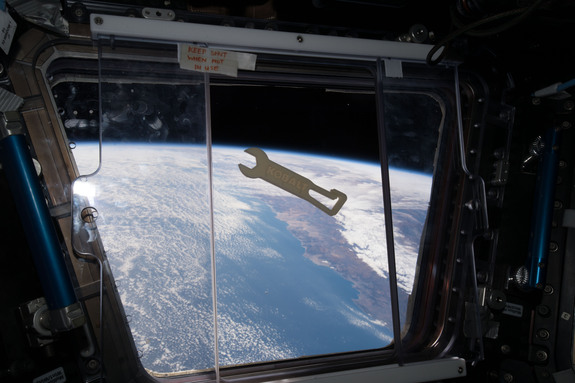
28 Sep Space: Firefly Space Systems, A Texas Rocket Company
Introduction to Firefly Space Systems
Firefly Space Systems is a new space company based north of Austin, Texas. At least 25 companies have announced plans to build rockets to meet the growing demand for small-satellite launches since 2014, but Firefly Space Systems does not plan to blend into that pack. Thomas Markusic, Firefly Space Systems chief executive, said, "Think of this as the Model T of rockets, a simple widely used vehicle for getting from point to point, or in this case getting to space." “When you are riding as a secondary payload on a large launch vehicle, you sometimes have to wait a couple of years and you are subject to the technical specifications of that launch,” said Amir Blachman, Space Angels Network managing director in Los Angeles. “Whereas if you can pay to get a custom launch for a smaller payload, you can tailor the timing and all the other elements of the mission to your specific needs.” Markusic, a propulsion engineer who worked at NASA, the U.S. Air Force, SpaceX, Virgin Galactic and Blue Origin before founding Firefly, plans to build a family of simple expendable rockets offering dedicated rides for small satellites (under 1000 kilograms) to low earth orbit (LEO). Markusic left his job as Virgin Galactic’s vice president for propulsion in December 2013 to found Firefly because he saw a dearth of launch options for the burgeoning small-satellite market. Firefly’s initial launch vehicle, Firefly Alpha, is designed to send 400 kilogram payloads into low Earth orbit or 200 kilograms into sun-synchronous orbit. The cost of a full vehicle to LEO is currently set at $8 million, and includes features that typically cost extra, such as the separation system and a full re-ride guarantee. Customers will not have to insure the launch, because if the first fails the second ride is on Firefly. Satellites will still need insurance for their own performance. Other launch options include delivering a 120-kilogram payload to a 500-kilometer sun-synchronous orbit for $4.95 million, and orbiting 3U CubeSats for about $240,000. In October [2015], NASA announced the award of fixed-price contracts to Firefly, Los Angeles-based Rocket Lab and Virgin Galactic of Long Beach, California, to provide dedicated rides into orbit for the CubeSats NASA transports under its Cubesat Launch Initiative. CubeSats are small cube-shaped satellites typically sized 10 by 10 by 11.35 centimeters and has a mass of no more than 1.33 kilograms. NASA plans to pay Firefly $5.5 million, Virgin Galactic $4.7 million and Rocket Lab $6.95 million for launches scheduled to occur by April 2018. PJ King, cofounder and COO of Firefly, said the initial target is to field about four vehicles in the first year. If business goes well, King said the number of launches the first year could be up to seven. Assuming continued success, the goal for year two is to produce about 12 vehicles.04 Oct Space: Skybox Imaging
[caption id="attachment_237" align="alignleft" width="300"]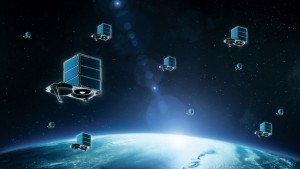 A Silicon Valley startup plans to launch a fleet of high-resolution and cheap imaging satellites. Image: Jeff Lysgaard[/caption]
Want to See the Full Earth in High Resolution?
Who doesn't want to see real-time high-resolution images of our planet? If you have used a service such as Google Earth, you may have been awed by its beautiful depiction of almost any region on our planet. You may even think that the images are real-time or at most just a few days old. Alas, that is not true. Weather satellites which does provide real-time data (updated every few hours) of the entire Earth operates at what's known as geosynchronous orbits (36,000 km from the Earth) and from that distance, can't offer high resolution pictures. Even a global imaging satellite such as NASA's MODIS Terra satellite provides only medium resolution (about 250 meters per pixel). The high-resolution images of Earth beautiful to us and more importantly, useful for government and industry to analyze global shipping, oil spills, crop irrigation, etc., are covered by closer satellites in low earth orbit (several hundred kilometers from the Earth) operated by companies such as GeoEye or DigitalGlobe. Unfortunately, those high-resolution satellites only see small potions of the Earth so there is are complicated algorithms at Google and other satellite image companies to update images with the newest ones and splice them together.
Who is Skybox Imaging?
Skybox Imaging is a high-resolution imaging and data company recently [June 2014] acquired by Google for $500 million. Starting from 2009 when four Stanford university students worked out of a cramped living room, they have grown into a multimillion dollar backed 125-person company in Silicon Valley with their own satellite manufacturing and operations facilities as well as data equipment and software to handle their satellite information. The company designs its own satellites and cameras and partners with others to build and launch them. Prior to their acquisition by Google, they have raised a total of $91 million in three rounds of financing from venture capital companies.
Interested in more of my posts and other writings outside of Impact Hound? Follow me on Twitter: @shenge86
A Silicon Valley startup plans to launch a fleet of high-resolution and cheap imaging satellites. Image: Jeff Lysgaard[/caption]
Want to See the Full Earth in High Resolution?
Who doesn't want to see real-time high-resolution images of our planet? If you have used a service such as Google Earth, you may have been awed by its beautiful depiction of almost any region on our planet. You may even think that the images are real-time or at most just a few days old. Alas, that is not true. Weather satellites which does provide real-time data (updated every few hours) of the entire Earth operates at what's known as geosynchronous orbits (36,000 km from the Earth) and from that distance, can't offer high resolution pictures. Even a global imaging satellite such as NASA's MODIS Terra satellite provides only medium resolution (about 250 meters per pixel). The high-resolution images of Earth beautiful to us and more importantly, useful for government and industry to analyze global shipping, oil spills, crop irrigation, etc., are covered by closer satellites in low earth orbit (several hundred kilometers from the Earth) operated by companies such as GeoEye or DigitalGlobe. Unfortunately, those high-resolution satellites only see small potions of the Earth so there is are complicated algorithms at Google and other satellite image companies to update images with the newest ones and splice them together.
Who is Skybox Imaging?
Skybox Imaging is a high-resolution imaging and data company recently [June 2014] acquired by Google for $500 million. Starting from 2009 when four Stanford university students worked out of a cramped living room, they have grown into a multimillion dollar backed 125-person company in Silicon Valley with their own satellite manufacturing and operations facilities as well as data equipment and software to handle their satellite information. The company designs its own satellites and cameras and partners with others to build and launch them. Prior to their acquisition by Google, they have raised a total of $91 million in three rounds of financing from venture capital companies.
Interested in more of my posts and other writings outside of Impact Hound? Follow me on Twitter: @shenge86
06 Aug Space: Small Satellite Launchers
Growth of Small Satellite Launchers [caption id="attachment_163" align="alignleft" width="300"]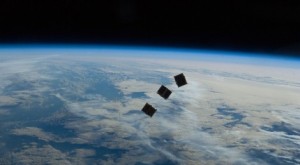 3 CubeSats deployed from the ISS in 2013. There is a growing small satellite market. Consider reading Small Satellites: Past., Present, and Future for more information. Photo: NASA[/caption]
Universities, government agencies, and small companies are building more and more small satellites. For years, small satellite companies had no choice but to piggyback on larger payloads as rides to space. These companies have to pay exorbitant fees and often have to wait for years before their satellites or their customers' satellites can be launched. However, as satellites grow ever more sophisticated and as electronic components become ever smaller and cheaper, new companies are forming focused on building a greater quantity of small satellites with rapid turnaround times. The small satellite market is projected to grow from $702.4 million in 2014 to $1887.1 million in 2019, a 21.8% growth rate. Yet, currently, no service exists to exclusively serve these small satellites by launching them at an affordable cost and in a timely fashion.
What is a small satellite? A small satellite is a satellite less than or around 500 kilograms in mass. The small satellite market can be further divided into microsatellites, nanosatellites, and CubeSats. Microsatellites range from 10 to 100 kilograms and often work in a constellation to do the task previously completed by a solitary satellite. Nanosatellites range from 1 to 10 kilograms and can include both single and multiple-unit CubeSats as well as other spacecrafts of any form factor within the weight range. CubeSats are 10 cm x 10 cm x 10 cm cube satellites with a maximum mass of 1 kg. These have been mostly used for technology demonstration and education such as solar sails, space tethers, and inflatable antennas.
Interested in more of my posts and other writings outside of Impact Hound? Follow me on Twitter: @shenge86
3 CubeSats deployed from the ISS in 2013. There is a growing small satellite market. Consider reading Small Satellites: Past., Present, and Future for more information. Photo: NASA[/caption]
Universities, government agencies, and small companies are building more and more small satellites. For years, small satellite companies had no choice but to piggyback on larger payloads as rides to space. These companies have to pay exorbitant fees and often have to wait for years before their satellites or their customers' satellites can be launched. However, as satellites grow ever more sophisticated and as electronic components become ever smaller and cheaper, new companies are forming focused on building a greater quantity of small satellites with rapid turnaround times. The small satellite market is projected to grow from $702.4 million in 2014 to $1887.1 million in 2019, a 21.8% growth rate. Yet, currently, no service exists to exclusively serve these small satellites by launching them at an affordable cost and in a timely fashion.
What is a small satellite? A small satellite is a satellite less than or around 500 kilograms in mass. The small satellite market can be further divided into microsatellites, nanosatellites, and CubeSats. Microsatellites range from 10 to 100 kilograms and often work in a constellation to do the task previously completed by a solitary satellite. Nanosatellites range from 1 to 10 kilograms and can include both single and multiple-unit CubeSats as well as other spacecrafts of any form factor within the weight range. CubeSats are 10 cm x 10 cm x 10 cm cube satellites with a maximum mass of 1 kg. These have been mostly used for technology demonstration and education such as solar sails, space tethers, and inflatable antennas.
Interested in more of my posts and other writings outside of Impact Hound? Follow me on Twitter: @shenge86
15 Jul Space: Mars Sample Return by BoldlyGo Institute
[caption id="attachment_42" align="alignleft" width="300"]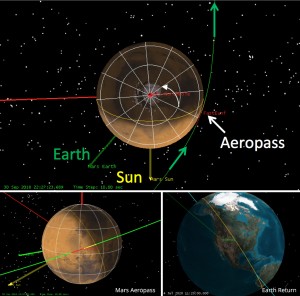 In 2020, SCIM will embark on a two year journey to Mars to perform a high-speed atmospheric pass collecting tiny dust particles. SCIM will take another half year to return the samples to Earth for detailed analysis. Source: BoldlyGo Institute[/caption]
In 2020, SCIM will embark on a two year journey to Mars to perform a high-speed atmospheric pass collecting tiny dust particles. SCIM will take another half year to return the samples to Earth for detailed analysis. Source: BoldlyGo Institute[/caption]
A nonprofit corporation called BoldlyGo Institute (BGI) is developing a Mars Sample Return mission called the Sample Collection to Investigate Mars (SCIM) which will return the first samples of Martian materials back to Earth. The project is at the preliminary design stage and the goal is ambitious. With a launch date of July 26, 2020, SCIM will journey through space for two years. When it reaches Mars, it will swoop down and collect the dust particles from the Martian atmosphere below 40 km. The SCIM has an aerodynamic aeroshell allowing it to rapidly pass through the atmosphere without being captured by Mars's gravity. The sample capture mechanism for the Mars Sample Return Mission is similar to the successful collection system for the Stardust mission which used aerogel to capture dust particles. After collecting thousands of particles, the spacecraft will leave Mars on August 3, 2022 and return directly to Earth by February 1, 2023 where the sterilized samples will descend by parachutes to the ground.
09 Jul Space: Mechanical Launch Vehicle by HyperV
